Newly Diagnosed: Taking the First Step on Your Journey
Becoming educated is a good place to start on your journey with muscular dystrophy. Whether you are a patient or a caregiver, knowing as much as possible about the disease will help you be a more active participant in your or your loved one’s healthcare. Learn more below about the different types of muscular dystrophy, their causes, symptoms, and how they’re diagnosed.
Overview
Muscular dystrophy (MD) is a group of inherited genetic diseases that lead to progressive weakening and loss of control in muscles. The condition is caused by a mutation in the part of human genetic code responsible for building and maintaining muscle tissue. Typically, people inherit these genetic mutations from their parents, but they can also occur spontaneously at conception.
Types
There are more than 30 types of muscular dystrophy, all with different causes and symptoms. Though the most common types appear during childhood, other forms affect adults only. Duchenne MD is the most common form, accounting for about a third of all muscular dystrophies.
Symptoms
Different types of muscular dystrophy may affect different muscle groups. Patients often have difficulty walking and may have problems with muscle control in other tasks, such as dressing or brushing their teeth. As muscles weaken, many patients experience muscle spasms, which are twitches or cramps that may be painful and also make fine muscle control more difficult.
Diagnosis
Doctors can use several tests to diagnose muscular dystrophy. A correct diagnosis gives patients an understanding of how their disease is likely to progress. It also helps doctors do a better job of treating the mechanisms underlying the condition and its symptoms. Diagnostics include blood tests, electromyography, MRI, muscle biopsy, six-minute walk test, and genetic testing.
Living With Muscular Dystrophy
Living with muscular dystrophy can be challenging, and there are considerations that must be taken into account on a day-to-basis and in certain situations to help patients manage the disease. Many treatments and strategies are available that can relieve patients’ symptoms, increase their quality of life, and help them cope with everyday life.






